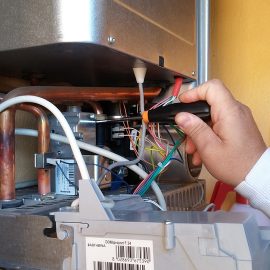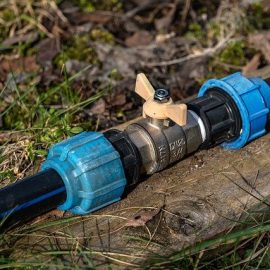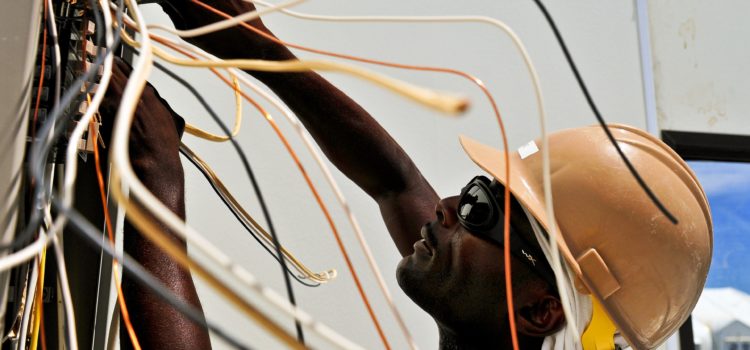
When electrical work is performed at the home or office, there are different types of wiring that can be used. Wiring is the process of connecting various items so that electricity can get from the supply source to the device or appliance. There are different methods and types of wiring that are used in the process.
Methods of Electrical Wiring
Electrical wiring can be done using the joint box system or the loop-in system. With the joint box system, connections to appliances are made through joints. These joints are made in joint boxes using suitable connectors or joint cutouts. The joint box wiring method does not require as much cable as the loop-in system, and is therefore cheaper. It suits temporary installations.
With the loop-in system, appliances are connected in parallel so each one can be controlled individually. When a connection is required at a switch, the feed conductor is looped in by channelling it directly to the terminal ,then carrying it forward to the next point of feed. Switches and light feeds are carried around the circuit in a series of loops until the last circuit is reached.
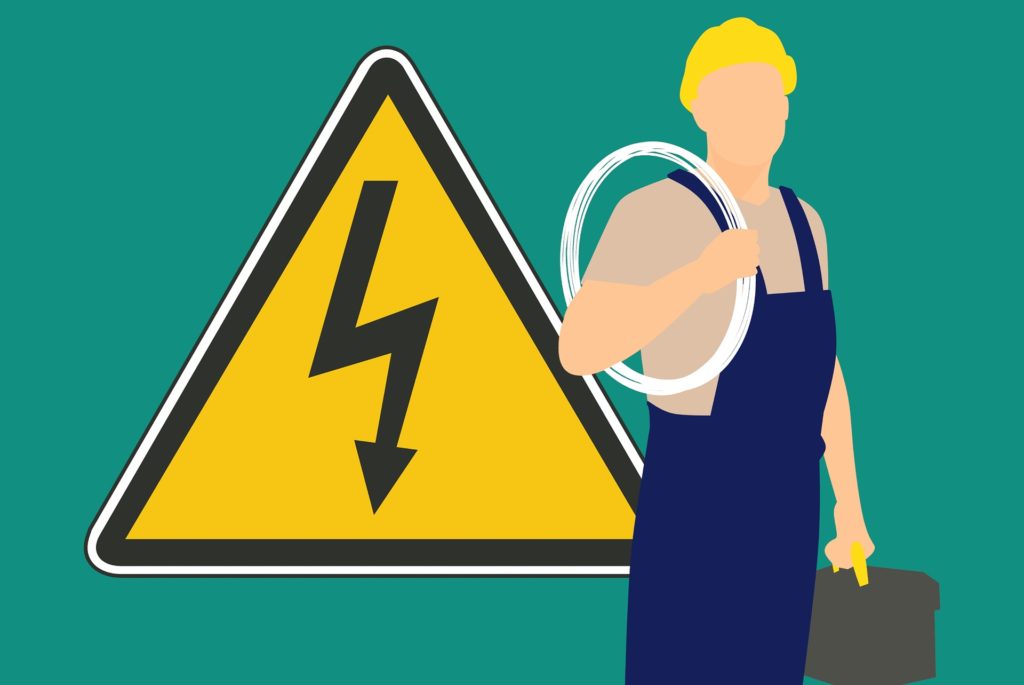
Types of Electrical Wiring
When electrical wiring is done, there are different types of wiring that can be used. These are as follows:
Cleat Wiring
This type of wiring uses PVC (Polyvinyl Chloride) insulated wires which are braided, compounded and held on to walls or ceilings using cleats that are made of porcelain, plastic or wood. This is a temporary type of wiring that is not suitable for domestic purposes and is rarely used at all in current times.
Casing and Capping Wiring
Capping and casing wiring also uses PVC cables. The cables are carried through a wooden casing enclosure which is made up of a strip of wood with parallel grooves cut lengthwise to accommodate the cables. The grooves separate the opposite polarity. Capping is used to cover the wires and cables inside the casing. This wiring is also rarely used today due to a preference for more convenient conduit wiring.
Batten Wiring
This type of electrical wiring uses TRS (Tip Ring Sleeve) cables that can be single, double or three core, although single core is preferred. The cables are run on a wood batten with at least 10mm of thickness. The cables are held on to the batten with tinned brass link clips that are already present on the batten.
Lead Sheathed Wiring
Lead sheathed wiring uses conductors insulated with PVC and covered with an outer sheath of lead aluminium alloy which serves to protect the cables from damage and corrosion. Similar to batten wiring, the cables are also run on wooden batten and fixed by means of link clips.
Conduit Wiring
There are two types of conduit wiring that are commonly used. These include surface conduit wiring which is installed on a roof or wall. Here, holes are made on the surface of the wall at equal distances and conduit is installed using plugs.
The main advantage of running wires in a conduit is that running large amounts of wire can be more efficient, not to mention after a certain size it’s the only option. Don’t forget there’s greater protection and also greater ability to expand your electrical system in the future when using conduit.
The second type is concealed conduit wiring which is hidden inside wall slots that are then plastered over. This is the most aesthetically pleasing type of wiring and also the most popular.
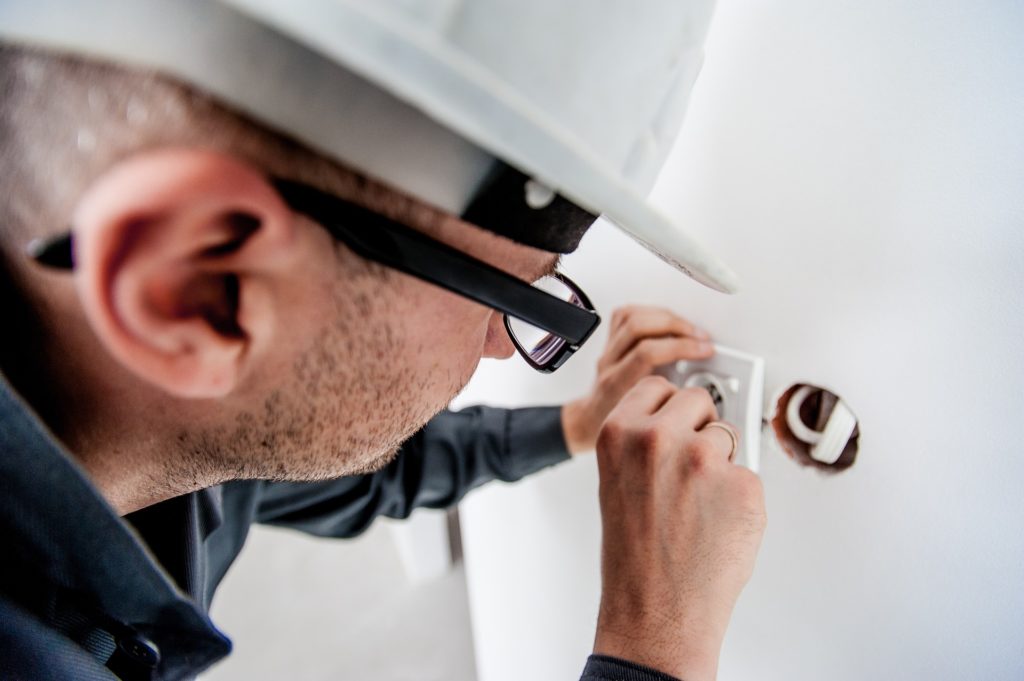
Concealed wiring is often aesthetically desirable, however, this comes at the cost of ease of access, for wires which may need to be serviced. A familiar example of concealed wiring may be buried power cables, where the unconcealed variant is hanging off of a power pole. The concealed wire is invisible, protected from possible damage like falling branches, but also difficult to get to in case of emergency. The reasons to hide it can be to protect it from damage requiring service, but if it receives damage regardless and the effort needed to fix it is costly.
Whether you are an electrician or an amateur, it is a good idea to be familiar with the different types of electrical wiring used in various applications. That way, you can be prepared if any maintenance or repair work needs to be done on the electric equipment in your home or office. Make your home safe and electrical shockproof by selecting the right type of wires or cables. You will come across various types of wires in the market; it is hence advised to refer to a professional for the appropriate selection. If wiring is not properly done or not well maintained, it can lead to a dangerous situation such as an electrical fire. Therefore it is essential to be very careful while installing electrical cables and wires.

